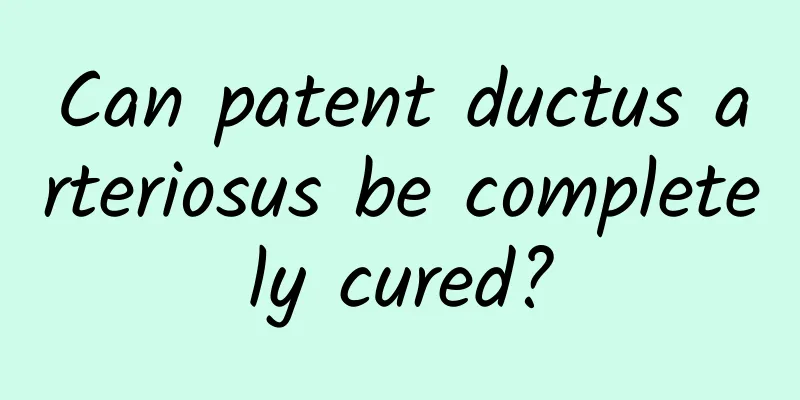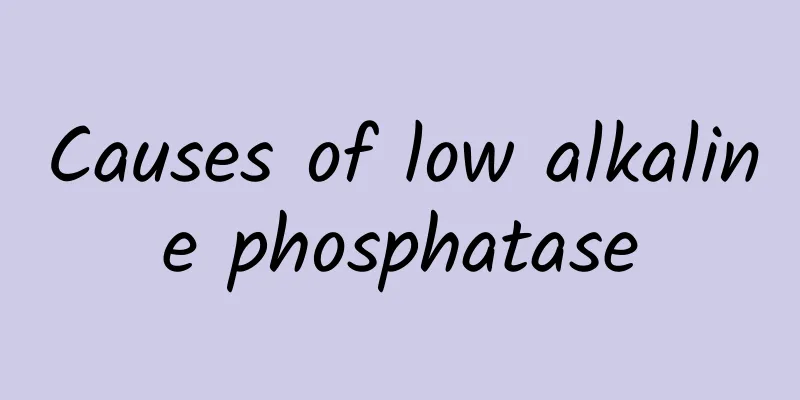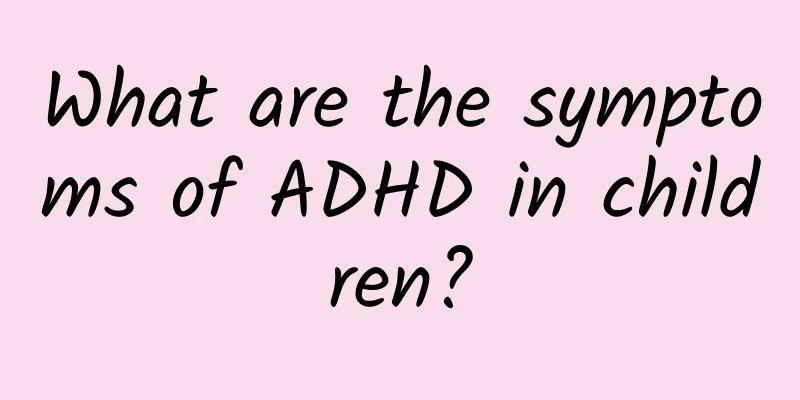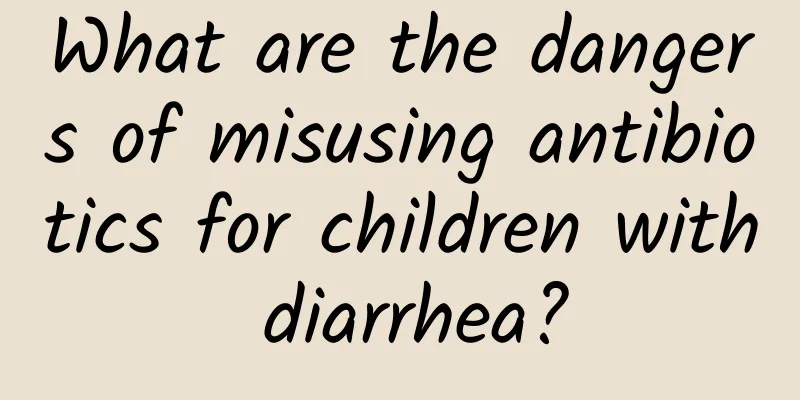Misdiagnosis and mistreatment of hernia in children can lead to life-long consequences

|
When it comes to pediatric hernia, I believe everyone is familiar with it. It is a very common congenital defect in children. Its manifestation is a small bulge on the inner side of the child's thigh root. It bulges out obviously when crying or playing, and disappears when lying down to sleep. But when it comes to the diagnosis and treatment of pediatric hernia, not many people know about it. Nowadays, digital media is powerful, and many people are accustomed to searching the Internet for diagnosis and treatment methods of diseases before seeking medical treatment. If you search for "pediatric hernia" on the Internet, the most clicked ones are "self-healing method without surgery" and "hernia treatment by taking medicine and injection"... Little do people know that these advertisements have led people astray in the treatment of pediatric hernia! The so-called "injection to cure hernia" advocated by some informal medical institutions is actually the injection of medical glue, also known as hardener, in the groin area. A child we once treated had adhesion of local tissues in the groin area, vascular necrosis, and testicular cessation of development due to long-term injection of hardener. After puberty, the testicles were only the size of soybeans, causing lifelong regrets. Therefore, we emphasize that children with hernia need to go to a regular hospital for regular surgical treatment as soon as possible. If it is not treated, as the child grows older, the hernia will gradually increase, compressing the spermatic cord blood vessels, affecting testicular development, and there may be a risk of incarcerated hernia where the small intestine is stuck and cannot go back, causing serious complications and even life-threatening emergencies. Therefore, early detection, early diagnosis, and early treatment are the correct treatment principles for hernia in children. According to the size of the hernia, the age and physical condition of the child, an "individualized" approach is used to treat pediatric hernia. There are currently two main treatment options: the first is to use minimally invasive surgery, which is laparoscopic high ligation of the hernia sac, mainly for children under 6-7 years old. This surgery has small trauma, fast recovery, low postoperative recurrence rate, and no obvious incision scars, which can achieve minimally invasive and cosmetic effects. The second is for older children aged 7 to 18 years old, and then treat them according to the specific conditions such as the size of the hernia. For children with small hernia sacs and small hernia ring defects, laparoscopic high ligation of the hernia sac can still be selected; for children with large hernia sacs, the effect of simple high ligation of the hernia sac is not good, and the recurrence rate is also high. Therefore, after the hernia sac is ligated, the posterior wall of the inguinal canal should be repaired and strengthened. For these children, we use completely absorbable and degradable biological patches for surgical repair. This method not only repairs the hernia more firmly, but also the patch can eventually degrade without leaving foreign matter, which will not affect the child's future growth and development. Currently, both of these treatment methods can be completed through day surgery. The child can drink water 4 hours after the operation and resume eating 6 hours after the operation. It will not affect the child’s daily activities and play, nor will it delay schooling. Many parents of children with hernias often ask, can children with hernias heal themselves when they grow up? In fact, as the abdominal wall of children under one year old continues to develop and increase in strength, inguinal hernias may heal themselves. However, children over one year old, or those over six months old with a large hernia ring or repeated hernia entrapment, are unlikely to heal themselves. They still need to go to the hospital for formal diagnosis and treatment, and professional doctors will decide the timing and method of surgery. Finally, I would like to remind parents who have babies at home to be vigilant. If they find that their children have hernia, they should go to a regular hospital for diagnosis and treatment as soon as possible. Don't let the wrong treatment method ruin your child's life! |
<<: What should I do if my newborn baby has a cough?
>>: Sequence of subcutaneous fat loss in malnourished children
Recommend
Will the baby's indigestion have a bad-smelling stool? What are the treatment methods for baby's indigestion?
Baby indigestion is the most common digestive tra...
What to do if your newborn baby coughs
Many newborns may experience coughing, and there ...
How to reduce jaundice faster in children? How much is normal?
If a child's jaundice level is high, especial...
Can Traditional Chinese Medicine Cure Pneumonia in Children?
Newborn babies are very vulnerable to diseases, a...
Introduction to the radical treatment of patent ductus arteriosus
What is the radical cure for patent ductus arteri...
Symptoms and diet of bacterial dysentery in children. Know these to keep your baby away from the disease
Bacillary dysentery is abbreviated as bacillary d...
How long does it take for acute laryngitis in children to heal?
Acute laryngitis in children usually recovers wit...
Nursing methods for hand, foot and mouth disease
Nowadays, many children have hand, foot and mouth...
Will fever and jaundice develop into early liver cancer? What should you pay attention to in your daily diet to prevent liver cancer?
Liver cancer is a malignant tumor of the liver. I...
How to treat tics
There are many different treatments for tics, and...
What are the key points in diagnosing polio?
Polio is a common pediatric disease. Nowadays, ma...
What to do if a one and a half year old baby coughs? What are the causes of a one and a half year old baby's cough?
As babies grow up, they are easily infected by ex...
Treatment of neonatal jaundice
Neonatal jaundice requires appropriate treatment ...
Is mumps contagious?
Mumps is an infectious disease caused by the mump...
What medicine should I take for patent ductus arteriosus?
What medicine should be taken for patent ductus a...









